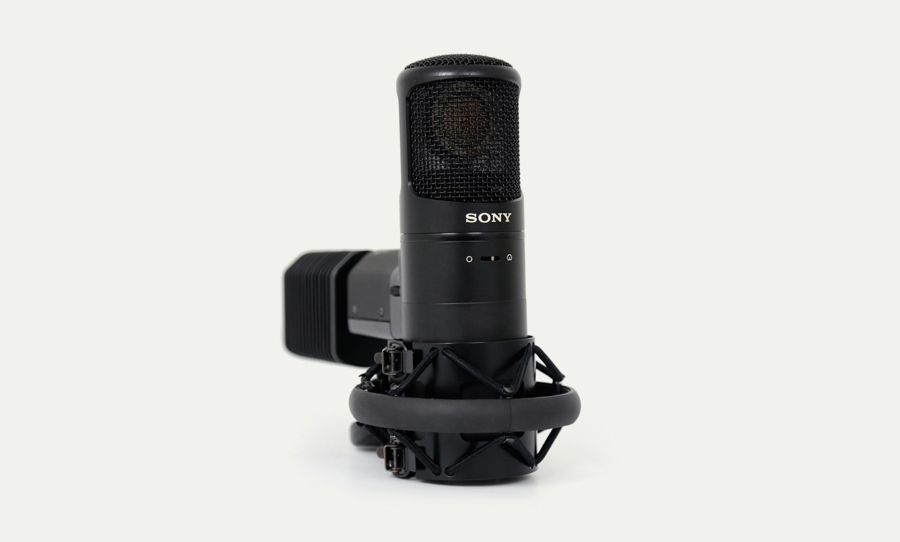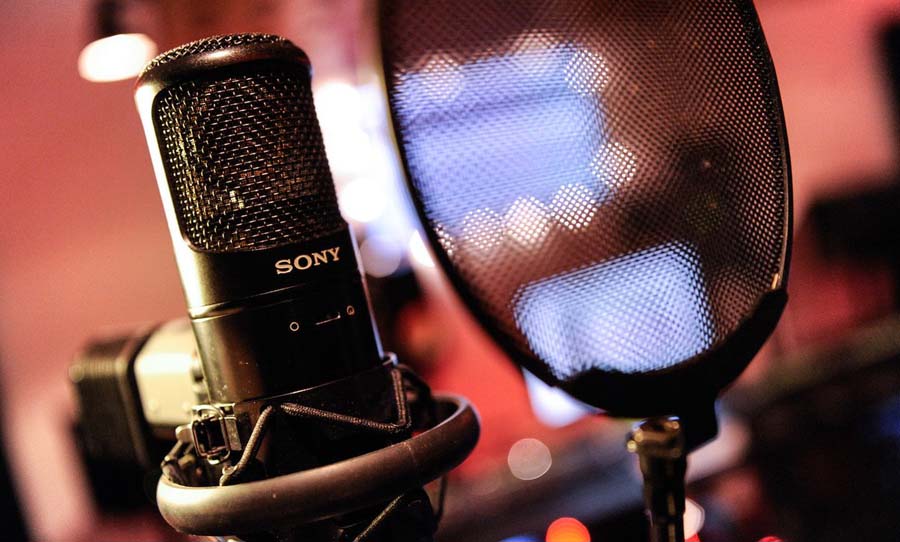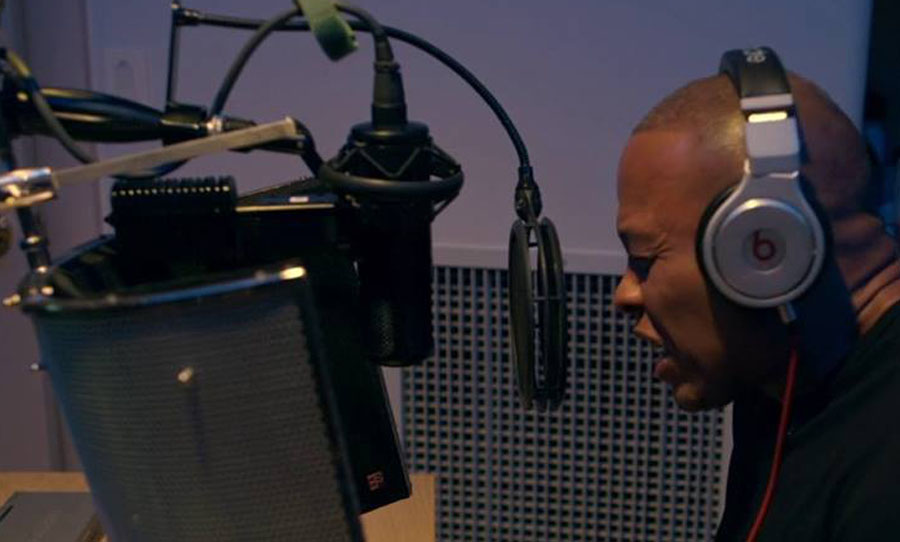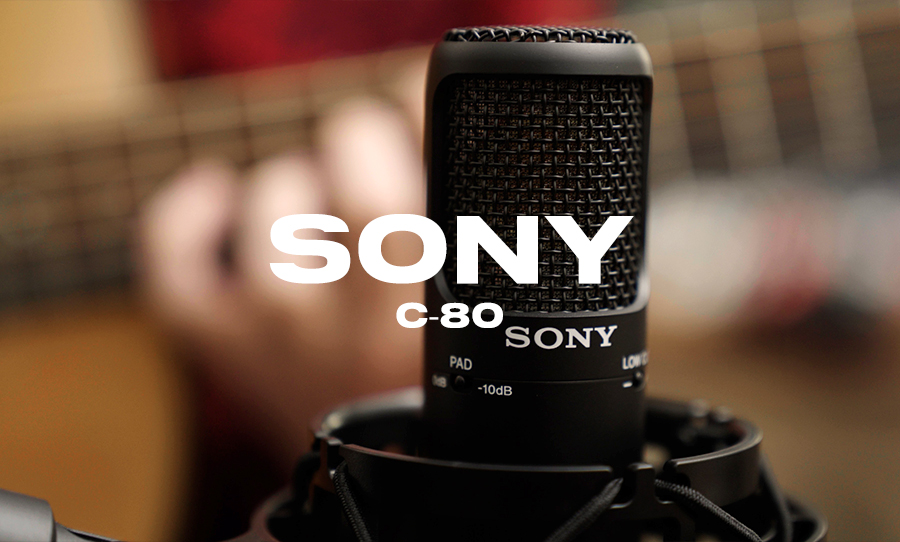The Sony C800G shattered the mould with a blend of vintage tech and cutting edge design. Read on as we explore how this black sheep achieved immortality.
Like few other pieces of studio gear, microphones tend to fall into a strict hierarchy. But the Sony C800G comes close to being in a league of its own.
There are the indestructible staples – the Shure SM57, Sennheiser MD 421, AKG D112, BeyerDynamic M88 – mics that you can take anything you throw at it. Further up the scale, it gets a little more specialised. Small diaphragm condensers like the Neumann KM84 or the Oktava MK 012, higher-end dynamics like the ElectroVoice RE20, Sennheiser MD 441, Shure SM7B, plus high-quality large-diaphragm condensers that still slot into the workhorse category – think AKG C414 or the Neumann U87.
But then there is a truly rarified category, the real headline large-diaphragm condensers like the Neumann U 47, Telefunken ELA 251, AKG C12 and a few more of this ilk have usually been reserved for the superstar voices.
The Sony C800G is a microphone that has rightfully earned its place in this echelon. It hasn’t, however, received the recognition of some of its silver-coloured siblings. We figure it’s high time we celebrate this left-of-centre classic.

An Obscure History
Perhaps one of the keys as to why this mic hasn’t reached the same level of notoriety as the likes of Neumann, AKG and Telefunken, for example, is that it doesn’t have the same long history. A key to the allure of these grand examples is the imagery – and subsequent mythology – that surrounds them.
Would generations of engineers feel the same way about the Neumann condensers if we didn’t know that were associated with the likes of Frank Sinatra, Miles Davis and other artists of the golden era of recording.
Reach further back into the ‘50s and you have iconic images of Elvis Presley crooning into an RCA 44 BX ribbon. The C800G didn’t grace the studio until 1992 – way after those heady days and into an incredibly divergent studio scene.
The other microphone manufacturers in that special league of also have many models that are well recognised. Neumann has enjoyed ongoing fame for multiple flavours of large diaphragm condenser, as have AKG. This has served to increase its brand recognition as a whole – need to track a lead vocal? Grab a Neumann. Of course, each model will be slightly different in character, but the brand name assures a certain standard of quality.

For Sony, however, the C800G is an outlier. They do have a few new models, including the new C-100, which takes at least its aesthetic cues from the classic. There are a few rare vintage models, like the C-37A and the C-38B, but overall Sony microphones haven’t enjoyed a long-standing reputation as a studio staple over the decades.
The Specs are Special
So with lack of brand recognition and established pedigree in the studio, how did this enigma make such a seismic impact when it arrived in the early ‘90s?
Sheer, uncompromising quality.
LIke many of its illustrious forebears, it’s a tube-based design. The 6AU6 vacuum that resides in C800G is known for warmth that it imparts to the lower mids of the frequency spectrum. Yet this kind of valve driven character is not what the microphone is best known for.
Instead, the C800G has earned its stripes by delivering unprecedented accuracy, which makes it equally at home on vocals and acoustic instruments.
It’s also famed for something it doesn’t have: noise. This is partly on account of its construction – featuring a two part aluminium body, that’s specially designed to prevent acoustic vibrations and resonances from reaching the capsule (which was based on the Neumann K67 capsule).
The look of the microphone is also something to behold. The black, cylindrical body may not raise eyebrows, but about that thing hanging off the back. What is it? It turns out that this curious appendage is crucial for the performance of the microphone. It’s a heat sink that maintains the optimal temperature for the internal tube, which accounts for the microphones incredibly natural presentation, minimal distortion and almost complete absence of a noise floor.
The Air Up There
When the mic finally landed in the market, boy did it make a splash. It’s versatility and extremely open character make it a very popular choice for vocalists. It’s been favoured by rap producers and artists like Dr. Dre, Snoop Dogg, Eminem and Kanye West for the way it effortless captures crucial high-end detail in rap verses, without needing to artificially boost high-end frequencies with EQ. And Mariah Carey, a singer who traverses the octaves like few others, has been known to enjoy the Sony.
The way that Sony C800G exhibits a natural boost ranging from approximately 8 – 14kHz adds what many engineers refer to as “air”, or “sheen”, without needing a liberal amount of boosting from an EQ. In short, a headline vocal recording exhibits a “finished” quality that is incredibly hard to replicate with any other microphone.
The Sony C800G also a top choice for capturing voice-overs in post-production, again owing to the fact that it represents the silkiest of high frequencies without ever sound unnaturally hyped. And being a device with two polar patterns (cardioid and omnidirectional) it has become a top choice for capturing acoustic instruments like guitar and strings.

Many of the studio archetypes have received the emulation treatment over the years. And though the new C-100 is redolent of its forefather in some respects, it really is a completely different beast. The groundbreaking design of the Sony C800G, its premium components and hunger for studio products that compete on price (this thing is eye-wateringly pricey) mean that this rare specimen is unlikely to be replicated any time soon.
But then again, when a piece of gear like this ascends to the status of studio “standard” it deserves to stand alone.



